History originally published in AutoWeek August 5, 2002
By 1955, Packard was on the ropes. Like a champ who had seen better days, the company that in the ‘30s had been America’s premier carmaker had suffered the one-two punch of an outdated marketing concept compounded by the lack of deep pockets to do much about it.
Not that Packard president James Nance didn’t try. In 1954, Packard had joined forces with Studebaker. It seemed like a good idea, linking to of the country’s oldest auto manufacturers, but considering the precarious finances in South Bend, Detroit-based Packard would have been better off alone. And for 1955, Packard introduced a new mid-level brand, dubbed Clipper. Again, a good idea, if not terribly well executed. Nance acquired an existing factory on Connor Street in Detroit for the anticipated increase in sales. Another good idea, if production wasn’t so slow to start up and if the plant, a “crackerbox” to old-timers, wasn’t so cramped and outmoded.
But the big news of 1955 was that in a market growing accustomed to planned obsolescence and yearly styling changes, Packard models had the first major restyling since 1951. The lineup for 1955 was comprised of the convertible Caribbean, the four-door Patrician and the two-door hardtop 400. The names reeked of snob appeal. The two-door’s moniker invoked the “social 400” of New York elite, a figure dating back to a time when that was the number of people who fit in the ballroom of the Astor estate.
The cosmetic makeover to the line was remarkable. Richard Teague, head of Packard styling, got training for working miracles later at American motors. Financially stuck with Packard’s basic shell for 1954, Teague altered it as much as possible. In the end, only the cowl, roof, floor pan and interior structural panels were left as is. Changes began with a lighter grille and crisper hood line, a wraparound windshield, side trim enlarged to emphasize the horizontal and taillights styled to mid-50s’s sensibilities.
Also new for ‘55 was an overhead-valve V-8, finally dumping Packard’s venerable flathead inline eight. The 352-cubic-inch V-8 was larger than any of its rivals. Cadillac and Chrysler both had 331s, and Lincoln’s V8 measured 342 cubic inches. Packard’s oversquare, short-stroke V8 was thoroughly modern, and with a four-barrel carburetor, was rated at 260 hp. The Caribbean raised that to 275 horces with dual quads. The Twin-Ultramatic transmission had two modes of operation: One could select the torque converter only for smooth but relatively slow acceleration, or pick “gear start,” with three automatically shifted ratios for quicker get away. The engine, however, had too much torque for the transmission, which dated to 1949. The Packard’s weakest link, it cause many problems.
Packard, though, came with ride and handling that was unequaled in its time. Its torsion-level suspension had a full-link torsion bar on either side of the car, connected to the front and rear wheels. Hitting a bump with the front wheels preloaded the rear axle for the same bump. Short torsion bars connected by links to the rear load point of the primary bars were connected to an electric motor for automatic leveling and prevent dive and squat. Nance said the car “returned Packard…to a role of innovation which was the company’s forte prewar, when it dominated the fine car field.” Auto Age agreed, calling it “the best car of the year,” citing its brakes, steering and suspension.
Packard advertised, “Let the ride decide,” and driving the 400 of Jim Wickel of Ewan, New Jersey, is a convincer. The car doesn’t seem to dive on braking or squat on acceleration, and like Science and Mechanics wrote, it barely leaned in cornering, the best in that magazine’s experience.
The V8 is smooth and quiet, and once minimal take-up shutter abates – remediable now but endemic to Packard’s at the time – the transmission shifts smoothly. The dash rivals Wurlitzer’s best design efforts, as was the fashion for luxury cars, but the seats are comfortable couches, and with the accompanying ride, it’s a very nice place to be. It was a truly remarkable car.
Packard’s run was soon to end, however. Although as production goal for 1955 was 100,000 cars, by April production in inefficiencies had produced a backlog of 20,000 units. Although the company caught up with demand, many buyers had gone elsewhere, and only 55,247 sales were recorded. Poor quality early in the year sullied Packard’s reputation, in 1956, fear of impending orphanhood scared away shoppers and the bottom dropped out.
Curtis-Wright stepped in to pick up the pieces, but re-badging Studebakers as Packards for 1957 fooled no one. After 1958, Curtiss-Wright threw in the towel. The champ, with great moves almost to the end, have been sucker-punched by the green eyeshade guys.




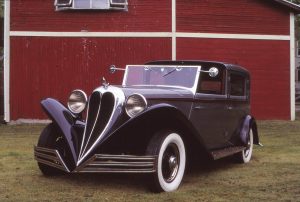
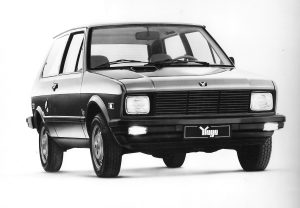
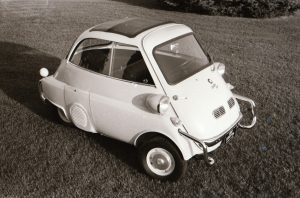
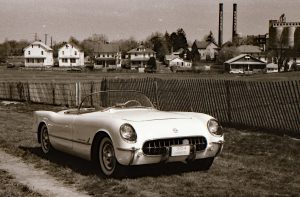

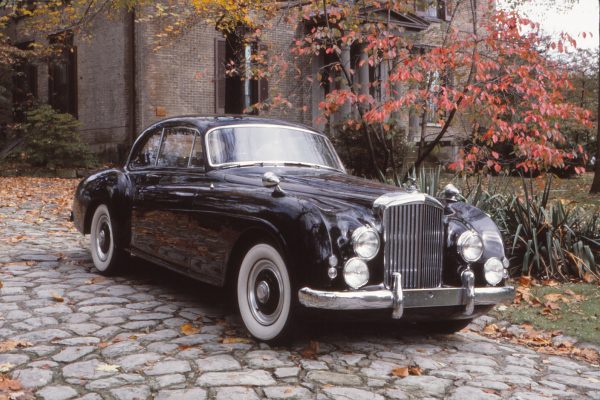
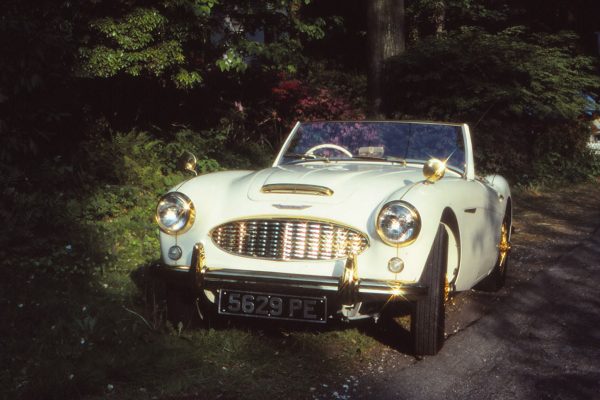
What Do You Think?
You must be logged in to post a comment.